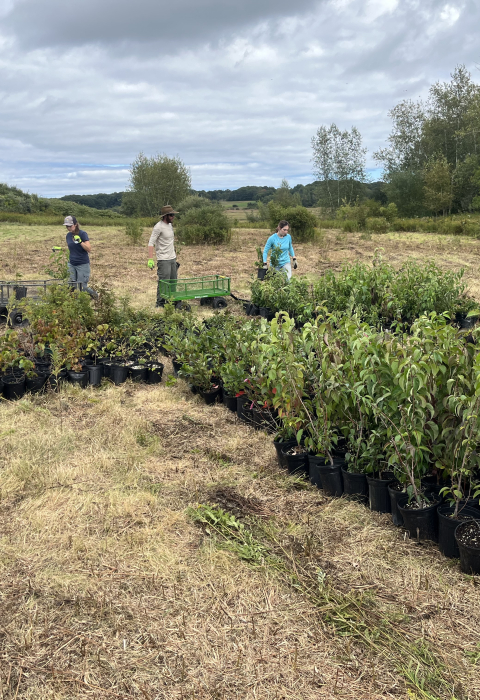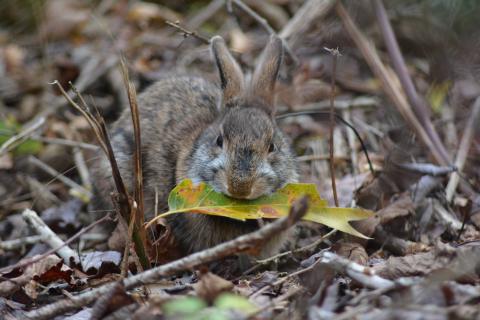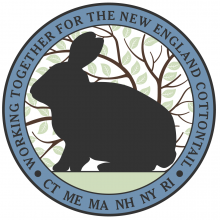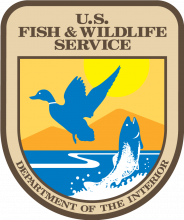National Wildlife Refuge Project
The U.S. Fish and Wildlife Service manages and preserves key habitats for wildlife in a coastal area where development has burgeoned. Rachel Carson NWR totals more than 5,700 acres in 11 divisions between Kittery and Cape Elizabeth. The refuge also manages lands of the Great Thicket NWR in Maine.
Libby Field, Cumberland County
This 30-acre field bordering the Spurwink River is part of a matrix of coastal shrubland on state parks, town conservation lands, land trust and other non-profit properties, private lands, and working farms – a connected landscape that's the most important area for conserving the New England cottontail in Maine.
In Libby Field, conservationists planted dogwoods, willow, rose, and other native shrubs (the refuge has its own native plant greenhouse) to create a stable shrubland. Workers gradually remove non-native invasive shrubs to favor native ones that offer better food and cover.
(A brochure, Wildlife Needs Shrubland: Conserving Habitat in Maine, was co-authored by conservationists at Rachel Carson and Wells National Estuarine Research Reserve.)
Volunteers trim back fast-growing aspen and birch trees so they don’t shade out shrubs. Trimming and pruning stimulate the trees to sprout from their roots, adding to the dense habitat mix.
Libby Field can be viewed from the parking area of Spurwink River Fishing Wharf, a public fishing pier on Maine Route 77, or from watercraft in the river (there’s a carry-in boat launch at the fishing wharf). For more information, contact Rachel Carson National Wildlife Refuge.
Cutts Island, York County
Starting in 2023, biologists have periodically released New England cottontails onto this refuge property in Kittery, following more than a decade of habitat improvements that included controlled burning. Conservationists hope the population will grow and expand into nearby areas, increasing genetic diversity in the local New England cottontail population. The thicket habitat can be seen along Seapoint Rd. and from Cutts Island Trail, open to the public at 37 Seapoint Rd., Kittery Point. A refuge map provides more information.
Great Thicket Refuge
In 2020, the Fish and Wildlife Service acquired the first land in Maine for Great Thicket National Wildlife Refuge when it bought 48 acres near Knights Pond in the town of South Berwick, with help from the Great Works Regional Land Trust and a North American Wetlands Conservation grant. Recently the Service added another 16 acres in Eliot and 11 acres in York, with more additions planned in the future. Rachel Carson NWR will manage the lands to help young forest and shrubland wildlife.




